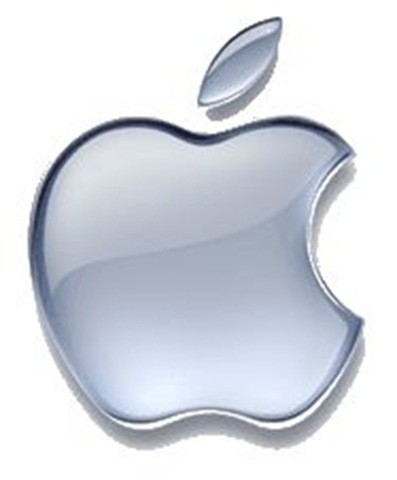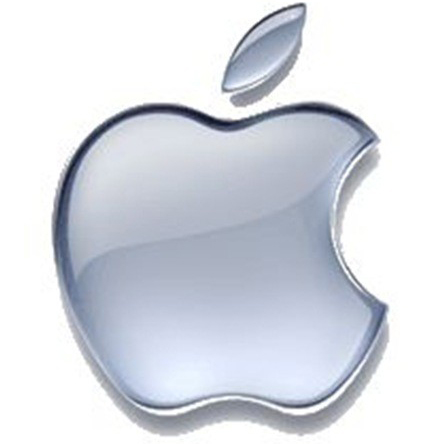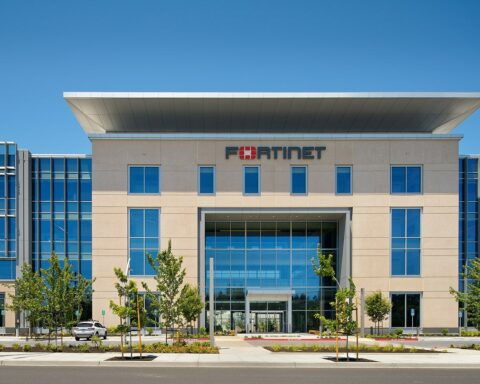 Even with the debut of refreshed products, Apple’s growth in its consumption of NAND flash was weaker than expected this past quarter, according to a new report by IDC.
Even with the debut of refreshed products, Apple’s growth in its consumption of NAND flash was weaker than expected this past quarter, according to a new report by IDC.
Since 2011, Apple has been the biggest consumer of NAND flash. Its iPod is generally considered responsible for increasing the consumption and lowering the overall price of NAND, making it a more viable storage medium for other products, such as solid-state drives (SSDs).
However, as Android and Windows phones continue to gain market share, Apple’s lead in NAND consumption is being challenged.
A move to more low-end smartphones is expected to begin eating up NAND supplies, and while Apple’s latest product refresh did include a lower-end iPhone, it was not as inexpensive as IDC had anticipated. “It was a much higher price point than we expected,” an IDC spokesman said.
At the same time, the report from IDC expects 3D NAND to lead the world in SSD production in only a couple of years.
So far in 2013, NAND revenue has been robust, up 23.9% to $27.9 billion, IDC said. It expects NAND revenue to reach $30.2 billion in 2017, based on a four-year compound annual growth rate of 2%.
NAND capacity demand and supply will grow at about 40% to 41% this year, even as the price per bit of capacity will be down 12% compared with 2012. “Strong seasonal demand and new mobile offerings from Samsung, Apple, and Chinese players will absorb the bit supply increase and will lead to balance or possibly some shortage in 2014,” IDC stated.
SSDs are expected to become a major cornerstone of NAND flash demand, accounting for 25% of total bit demand that’s second only to mobile phones with bit demand of 44%, IDC said.
Samsung began mass producing the industry’s first 3D NAND in August. The 3D Vertical NAND (V-NAND) flash memory breaks through current 2D or planar NAND scaling limits. The 3D NAND will provide two to 10 times higher reliability and twice the write performance, according to Samsung.
Samsung’s V-NAND will boast capacities ranging from 128GB to 1TB.
“Other NAND makers plan to follow by the end of 2014, but IDC does not expect broad market acceptance until 2015,” IDC’s report stated. “We further note that 3D NAND chips will serve as the foundation for SSD uptake and growth in the future as more bits at a lower investment cost become available.”
The end of this quarter should bring a slightly oversupplied NAND flash market, but it should return to a slight shortage by the end of the year and in early 2014, according to IDC’s “Worldwide NAND Flash Demand and Supply 2Q13-4Q14 and 2013-2017.”
In 2014, IDC expects NAND market revenue to be flat compared with that of 2013.








